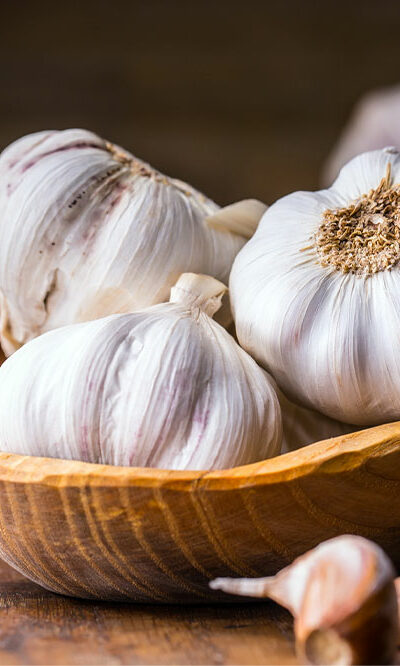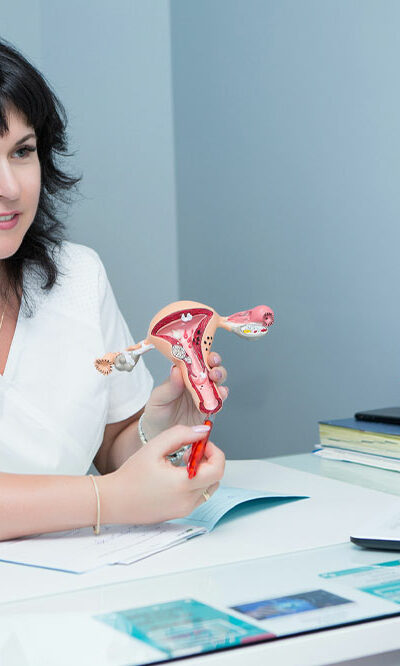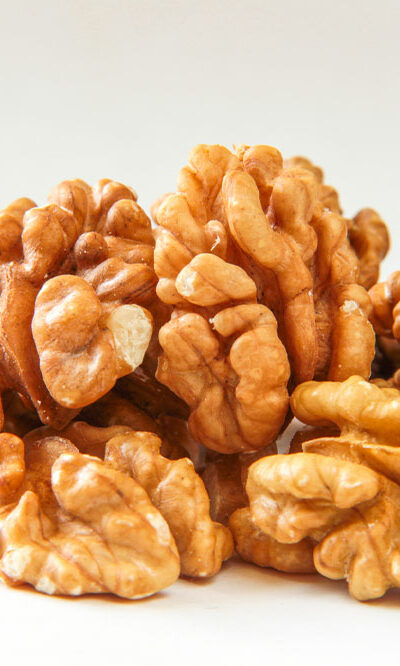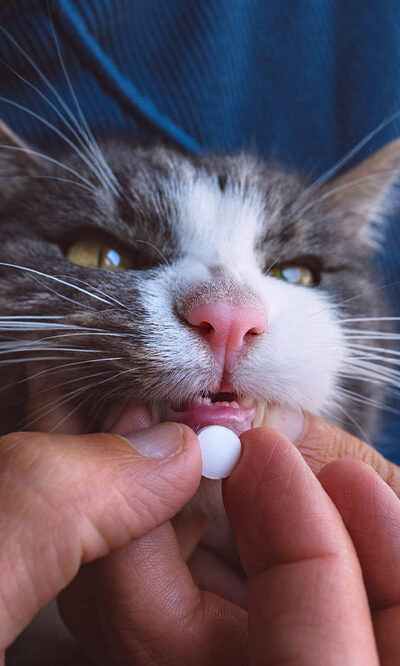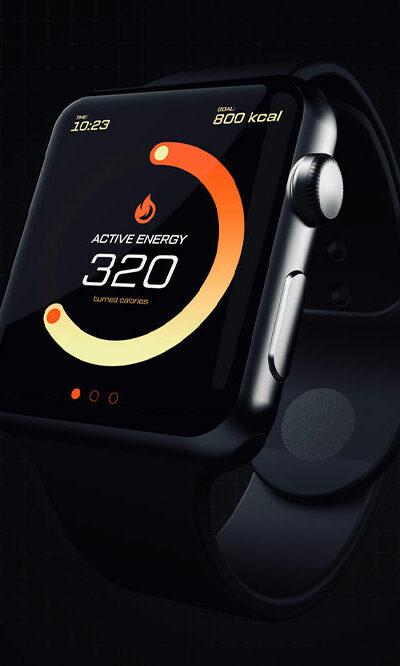
10 Cyber Monday fitness tracker deals to watch out for
Whether you want to buy a fitness tracker for yourself or to give it as a gift to someone close to you, pick one up during the Black Friday and Cyber Monday sales. These sale would help you find the best one with the most features at an affordable price. Here’s a list of the discounts on fitness trackers that were available on Cyber Monday last year, so you know what to look forward to this year. Fitbit Charge 5 This fitness tracker is one of the best on the market. It is water resistant and has a battery life that can last up to a week. It also has a GPS and various health sensors. It is lightweight, which makes it easy to wear, and you can easily read the information you want from it even in direct sunlight. On Cyber Monday, this device was available for around $130 on Amazon. Garmin Instinct Solar You could get $150 off this fitness tracker on Cyber Monday last year if you bought it at BestBuy. This device gets its power from the sun, and hence, you never have to worry about the battery running out. The Garmin Instinct Solar has an amazing GPS feature and provides you with the necessary notifications you might need when on the go. Amazfit Band 5 You could find these Amazon-brand fitness trackers at discounted prices last year on Cyber Monday. Among them is this device the can measure blood oxygen levels and monitor the heart rate. The Amazfit Band 5 is compatible with Alexa and has a 1.1-inch easy-to-read AMOLED display. Ut was priced at just $30 during the mega sales event, which was probably one of the most affordable. TicWatch GTH Combing the features of both a smartwatch and a fitness tracker is this device that was available on Amazon at a low price.





